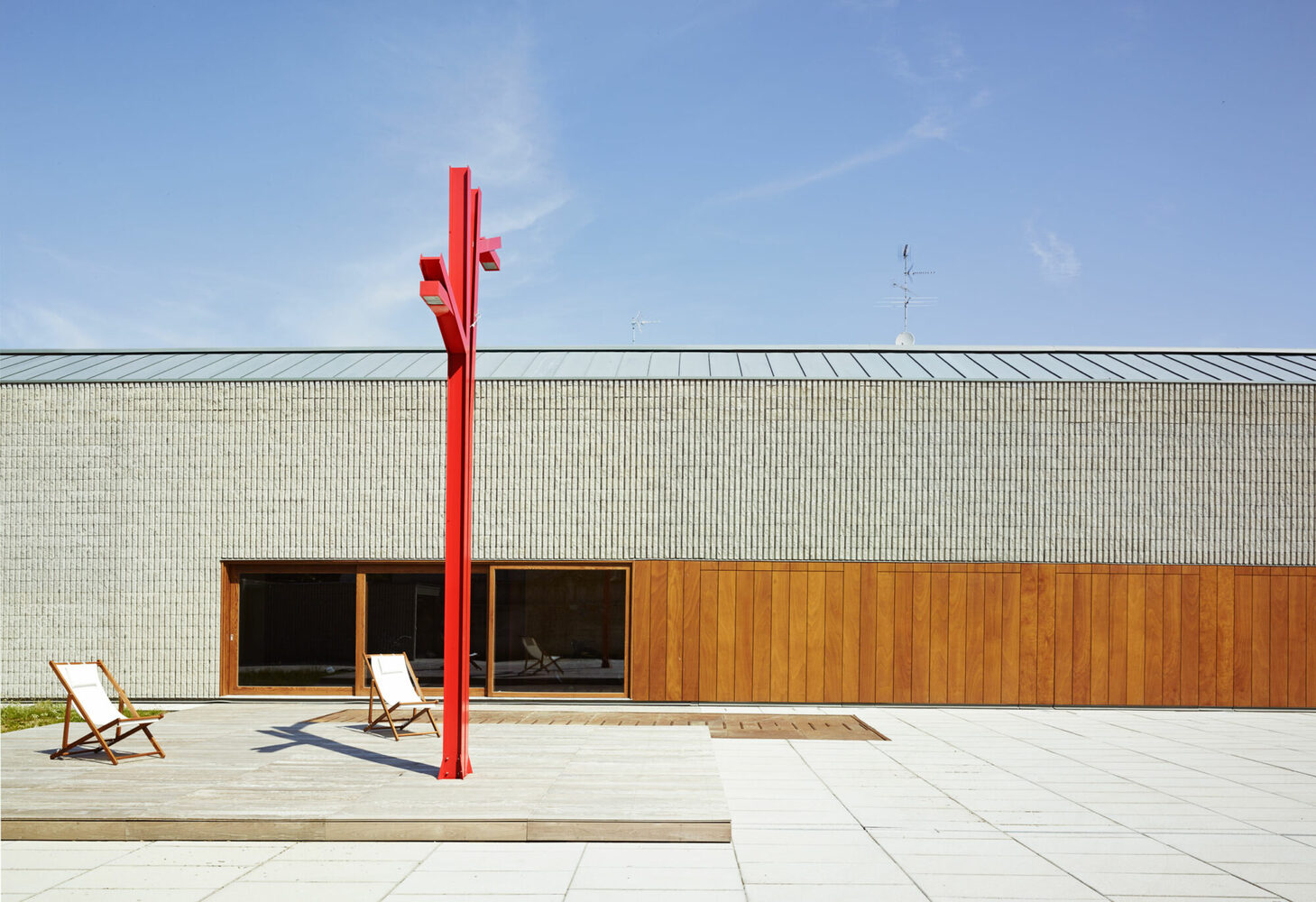Material Matchmaking: When Wood Engages with Contemporary Counterparts
Mathematics shows us how, from just a few elements, we can generate nearly infinite combinations and how each new arrangement can completely transform the original set. Theories like chaos and complexity point in the same direction: small initial variations, such as a choice, a deviation, or a new element, can trigger profound and unexpected changes. In architecture, this manifests concretely in the daily work of a designer. The choice of materials and how they are combined may seem like a merely aesthetic or functional decision, but it holds the power to redefine a building’s language, the path a project will follow, and its relationship with the surroundings and its inhabitants.
When natural wood comes into play, especially in dialogue with colder, more industrial materials like glass, concrete, metal, or ceramic, it activates a dynamic of contrast and complementarity that goes beyond the aesthetic realm. Wood can soften, warm, or balance rigid and technological structures and, moreover, it impacts key aspects such as thermal comfort, acoustic performance, and building longevity. Historically revered for its warmth, versatility, and workability, wood has continuously adapted to architectural movements, from the intricate carvings of traditional buildings to the crisp minimalism of modern design.


 Picture: Private residence in Varese / Franzetti Primi Architetti Associati
Picture: Private residence in Varese / Franzetti Primi Architetti Associati
Comments :